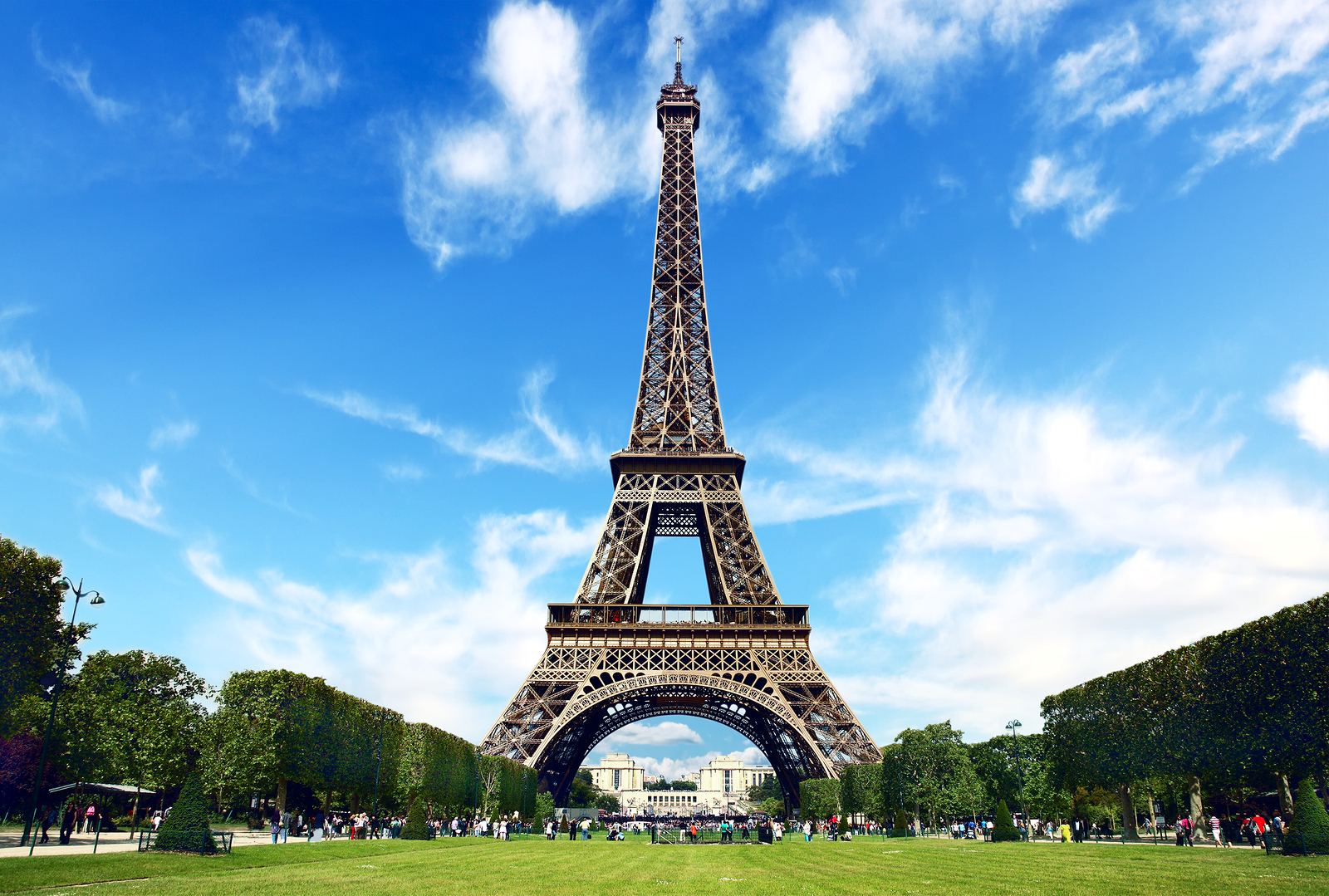 Eiffel Tower
Eiffel Tower
M. Patel
During the World's Fair in 1889, Contractor Gustave Eiffel introduced the Eiffel Tower. An engineer by training, Eiffel founded and developed a company specializing in metal structural work. He devoted the last thirty years of his life to his experimental research. His most popular achievement was the Eiffel Tower. Towering nearly 320 meters tall, and weighing 10,100 tons, the Eiffel tower stands both as a landmark, recognizable throughout the world as the icon of the city of Paris, and as a monumental example of materials' structure, properties and performance. The tower is composed of puddling iron, not steel as many of today's buildings. Total 7,000 metric tons of puddling iron, which were the precursor to construction steel, was used. Like most materials, the tower undergoes thermal expansion. Thermal expansion is when a material changes dimensions while it undergoes temperature changes. The tower expands and contracts 15 cm from the hottest to the coldest day."
You can learn more about its structure and see many detailed photos and schematics of the tower by browsing the official website for the Eiffel Tower.
